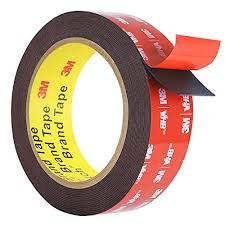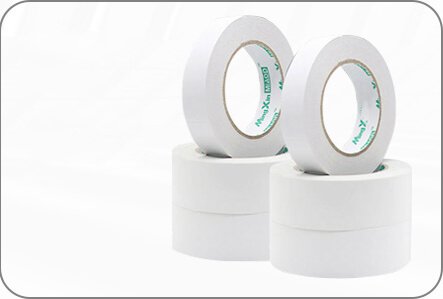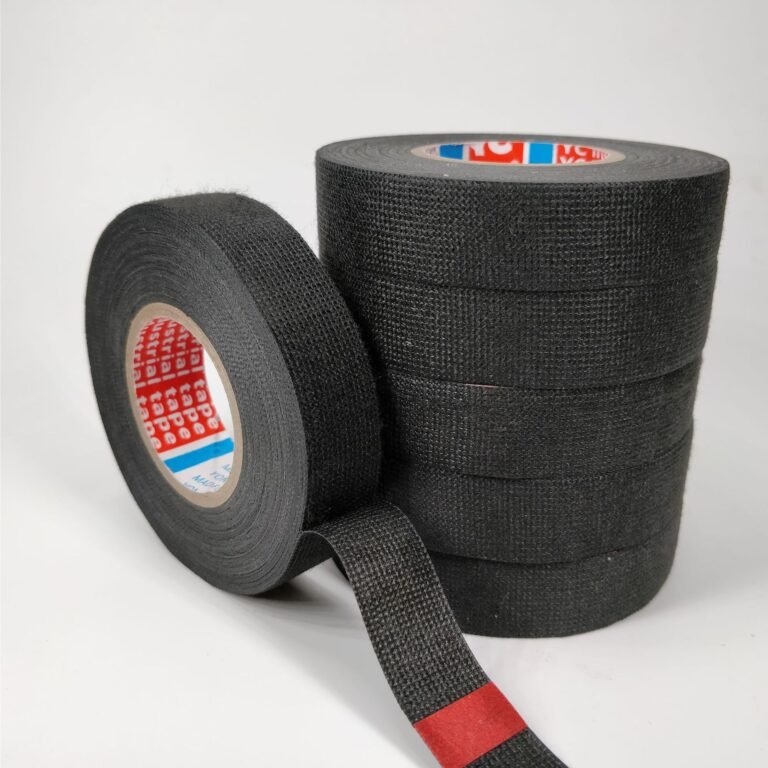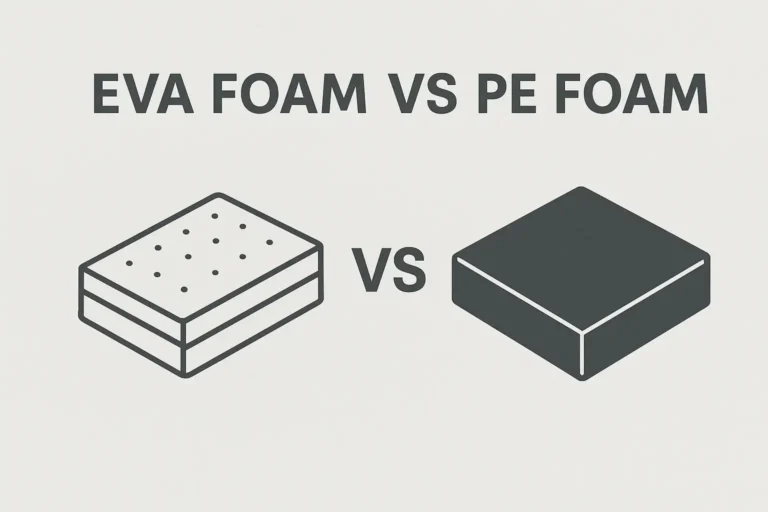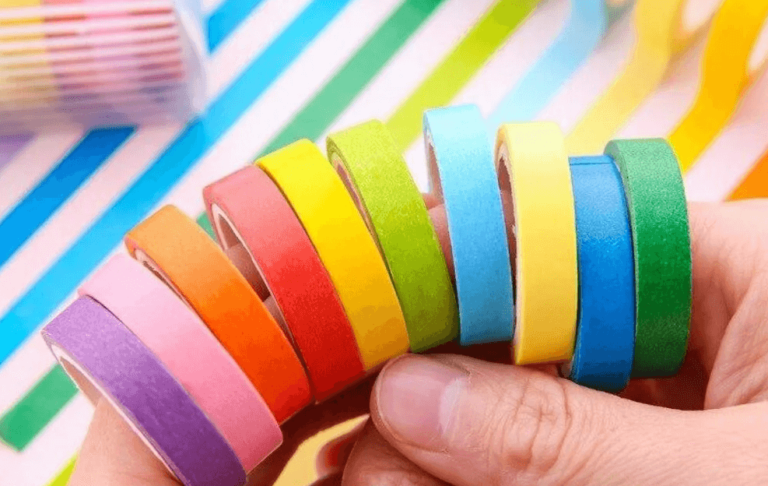Strongest Double-Sided Tape: Top Heavy-Duty Options & Adhesion Enhancement Tips
Double-sided tape has revolutionized bonding in crafting, home renovations, and industrial settings, offering a seamless solution for attaching objects without visible fasteners. However, selecting the right tape and optimizing its performance are critical for success. This article highlights the strongest double-sided tape options and provides expert tips to maximize adhesion in any application.
I. The Strongest Double-Sided Tapes for Heavy-Duty Applications
When it comes to strength, the following tapes stand out for their robust adhesive properties and load-bearing capabilities:
1. 3M VHB (Very High Bond) Tape
- Composition: Acrylic foam core with aggressive adhesive on both sides, designed for permanent bonding.
- Strength: Holds up to 50 pounds per square inch (PSI) and withstands extreme temperatures (Long-term heat resistance up to 93°C, short-term up to 150°C).
- Applications:Industrial bonding of metal panels, glass, or plastic in automotive and construction.
- Mounting heavy fixtures like mirrors, shelves, or signage on walls.
- Why It’s Top Choice: Creates a bond as strong as mechanical fasteners, resistant to moisture, UV rays, and vibrations.
2. Gorilla Heavy Duty Double-Sided Tape
- Composition: Thick foam backing with a rubber-based adhesive.
- Strength: Supports up to 30 pounds per strip (6” length), ideal for home and workshop use.
- Applications:Securing heavy decor (e.g., floating shelves, wall art).
- Repairing furniture or automotive interiors (e.g., dashcam mounts).
- Key Feature: Aggressive grip on rough surfaces like brick, concrete, or textured wood.
3. Tesa Powerbond Tape
- Composition: Hybrid acrylic adhesive on a fabric-reinforced backing.
- Strength: Bonds instantly and holds 22 pounds per 4” strip, with high shear resistance.
- Applications:Industrial assembly of electronics or appliances.
- Outdoor installations (e.g., mounting security cameras) due to weather resistance.
4. Shurtape Extreme Double-Sided Tape
- Composition: High-tack acrylic adhesive on a durable film backing.
- Strength: Withstands 18 pounds per square foot and resists solvents and moisture.
- Applications:Crafting and DIY projects involving metal, PVC, or laminate.
- Temporary or permanent bonding in humid environments (e.g., bathrooms).
II. Proven Tips to Enhance Double-Sided Tape Adhesion
Even the strongest tape requires proper application to achieve optimal results. Here’s how to maximize stickiness:
1. Surface Preparation is Key
- Clean Thoroughly:Use isopropyl alcohol (70%+) or a degreaser like TSP (trisodium phosphate) to remove dust, oil, or wax.
- For porous surfaces (e.g., wood, concrete), lightly sand to create a rough texture, then wipe clean.
- Dry Completely: Moisture or humidity weakens adhesion. Use a hairdryer on low heat if the surface is damp.
2. Temperature and Environment Control
- Ideal Temperature Range: Apply tape between 50°F–90°F (10°C–32°C). Cold temperatures stiffen adhesives, while heat can cause premature curing.
- Avoid Humidity: High moisture (e.g., rainy days) can trap water between the tape and surface. Use dehumidifiers in enclosed spaces if necessary.
3. Proper Application Technique
- Peel and Align Carefully:Remove the release liner slowly to avoid stretching or misaligning the tape.
- For large items, use a grid pattern (e.g., 45° cross strips) to distribute weight evenly.
- Apply Even Pressure:Use a roller (e.g., a wallpaper smoother) or a credit card to press the tape firmly for 30 seconds per section, ensuring no air bubbles.
- For heavy objects, clamp or weight them down for 24 hours during curing.
4. Choose the Right Tape for the Surface
| Surface Type | Recommended Tape | Adhesion Boost Tip |
| Smooth (glass, metal) | 3M VHB or Tesa Powerbond | Use a primer like 3M Primer 94 for extra grip |
| Rough (brick, stucco) | Gorilla Heavy Duty | Apply tape in overlapping layers |
| Flexible (fabric, rubber) | Shurtape Extreme or fabric tape | Pre-warm the tape slightly with a hairdryer |
| Delicate (paper, foam) | Low-tack craft tape (e.g., Scotch) | Test on a small area first |
5. Optimize Curing Time
- Minimum Cure Period: Wait 24 hours before applying stress to the bond. For outdoor applications or heavy loads, allow 48 hours.
- Avoid Early Stress: Do not hang or lift objects during the curing period, as this can weaken the adhesive’s molecular bond.
6. Troubleshooting Low Adhesion
- Reapplication: If the tape fails, clean the surface again and use a thicker tape (e.g., upgrade from 1mm to 3mm foam).
- Hybrid Solutions: For extremely heavy items, combine double-sided tape with mechanical fasteners (e.g., screws or brackets) for added security.
III. When to Use Double-Sided Tape vs. Alternatives
- Use Tape For:Surface protection (no drill holes or nails).
- Aesthetically clean bonds (e.g., glass or acrylic installations).
- Temporary or removable applications (use low-tack variants).
- Avoid Tape For:Structural loads in construction (e.g., load-bearing walls).
- High-vibration environments (e.g., machinery) without additional reinforcement.
IV. Conclusion
The strongest double-sided tapes, such as 3M VHB and Gorilla Heavy Duty, offer impressive bonding capabilities when paired with proper application techniques. By prioritizing surface preparation, temperature control, and tape selection, you can achieve durable, long-lasting bonds in any project. Whether mounting heavy decor, completing industrial assembly, or crafting delicate designs, these tips ensure your double-sided tape performs at its best, delivering reliability and professionalism every time.
For critical applications, always test tape performance on a small scale first and consult manufacturer guidelines for specific use cases.



